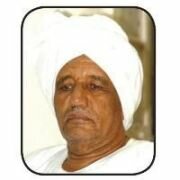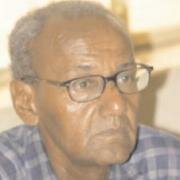By sheer coincidence the past few days witnessed two workshops held in Khartoum to train local journalists on issues related to peace
making and maintaining. In addition to the participants the two workshops had foreign partners in Sant ‘Anna, an Italian School of Advanced Studies and USAID, who joined hands with local partners the University of Khartoum’s Peace Research Institute and the National Council for Press.
All in all some 50 journalists took part in these workshops. They represent various mediums from radio to TV, print as well as some activists and more important some representatives from conflict areas in Darfur, Blue Nile and South Kordofan.
This is a good and positive development though late.
One of the main drawbacks of the CPA was its complete discard of the media activity though it was an integral part of the Power Sharing agreement that called among other things to promote the CPA through specific measures including using various dialects and languages to disseminate information about the agreement. That was re-enforced later when the two partners the NCP and SPLM agreed to enter into a one year programme, where joint teams from the two parties will tour Sudan together to promote peace and give a strong signal.
Nothing happened for political reasons as each of the partners was having his own agenda to pursue at the expense of the main goal of peace and maintaining it.
Interesting enough that after the separation of South Sudan and in one of his visits to Khartoum President Salva Kiir issued a joint statement with President Omar Al Bashir calling on the media to play a positive role in achieving the declared goal of the two countries living in peace with each other and within each other.
This issue has been at the back of the mind of many organizations and bodies that over the past five years managed to hold some conferences into some foreign capitals like Nairobi, Addis Ababa and even Berlin, where journalists from Sudan and South Sudan were invited to attend a workshop, issue statements calling for the promotion of peace.
However, the main problem with such approach is that it assumes somebody else will carry on that task, an assumption that proved to be illusive given the track record of the past few years. In addition to meager resources, weak professionalism and the end result was and still a sporadic coverage here and there, now and then.
What is missing is a sustained campaign that will help among other things in turning the present era of low intense conflict era into something new and positive to help move to post-conflict situation, then build peace and maintaining it.
The two training sessions referred to earlier could provide a good starting point that can really make a difference if a partnership is created where the domestic and foreign partners put their hands together with the pool of journalists trained already to embark on a sustained campaign for peace building and maintaining.


